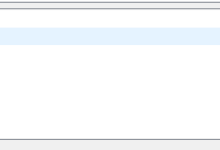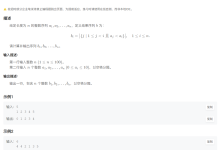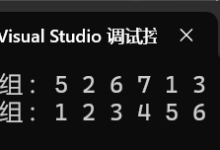1.栈
1.1栈的概念及结构
栈:一种特殊的线性表,其只允许在固定的一端进行插入和删除元素操作。进行数据插入和删除操作的一端称为栈顶,另一端称为栈底。栈中的数据元素遵守后进先出LIFO(Last In First Out)的原则。
压栈:栈的插入操作叫做进栈/压栈/入栈,入数据在栈顶。
出栈:栈的删除操作叫做出栈。出数据也在栈顶。


top给0是先放数据再++
top给-1是先++再放数据
//Stack.h
#pragma once
#include<stdio.h>
#include<stdlib.h>
#include<assert.h>
#include<stdbool.h>
typedef char STDataType;
typedef struct Stack
{
STDataType* a;
int top;
int capacity;
}ST;
void StackInit(ST* ps);
void Stackprint(ST* ps);
void StackDestroy(ST* ps);
void StackPush(ST* ps, STDataType x);
void StackPop(ST* ps);
STDataType StackTop(ST* ps);
int StackSize(ST* ps);
bool StackEmpty(ST* ps);
基于栈的相关功能实现
//Stack.c
#define _CRT_SECURE_NO_WARNINGS
#include"Stack.h"
void Stackprint(ST* ps)
{
assert(ps);
while (!StackEmpty)
{
printf("%d ", StackTop(&ps));
StackPop(&ps);
}
StackDestroy(ps);
}
void StackInit(ST* ps)
{
assert(ps);
ps->top = 0;
ps->capacity = 0;
ps->a = NULL;
}
void StackDestroy(ST* ps)
{
assert(ps);
free(ps->a);
ps->a = NULL;
ps->capacity = ps->top = 0;
}
void StackPush(ST* ps, STDataType x)
{
assert(ps);
if (ps->top == ps->capacity)
{
int newcapacity = (ps->capacity == 0) ? 4 : ps->capacity * 2;
STDataType* tmp = realloc(ps->a, sizeof(STDataType) * newcapacity);
if (tmp == NULL)
{
exit(-1);
}
ps->a = tmp;
ps->capacity = newcapacity;
}
ps->a[ps->top] = x;
ps->top++;
}
void StackPop(ST* ps)
{
assert(ps);
assert(ps->top > 0);
ps->top–;
}
STDataType StackTop(ST* ps)
{
assert(ps);
assert(ps->top > 0);
return ps->a[ps->top – 1];
}
int StackSize(ST* ps)
{
return ps->top;
}
bool StackEmpty(ST* ps)
{
assert(ps);
return ps->top == 0;
}
有错误欢迎支持。
 网硕互联帮助中心
网硕互联帮助中心



![[TG开发]简单的回声机器人-网硕互联帮助中心](https://www.wsisp.com/helps/wp-content/uploads/2025/08/20250816114512-68a06f48800c8-220x150.png)

评论前必须登录!
注册